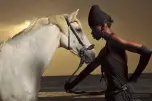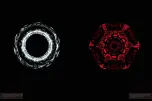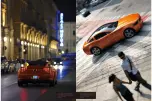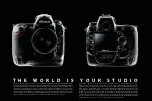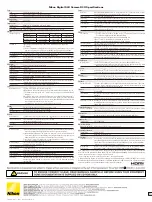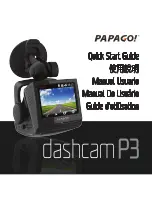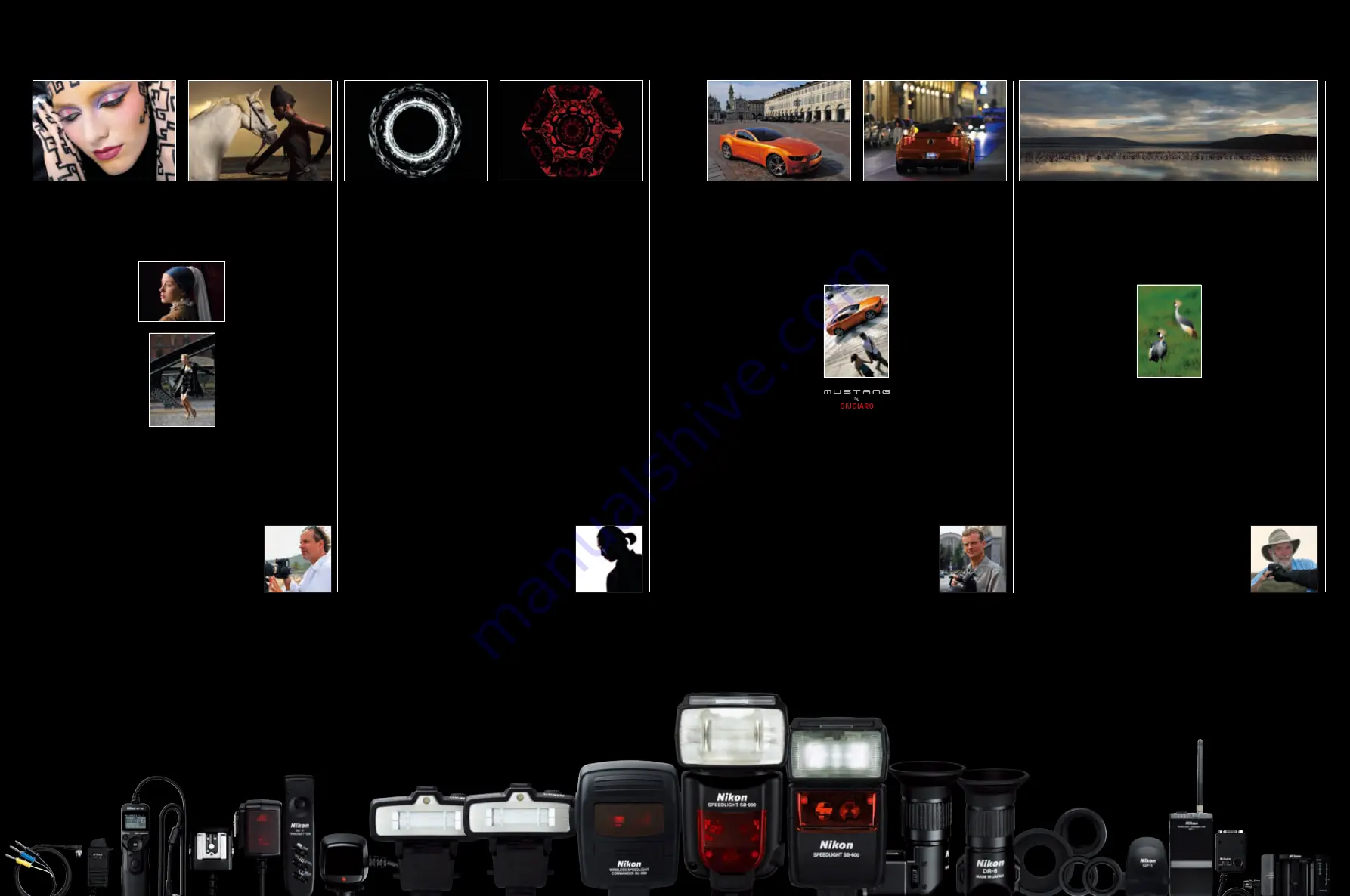
The D3X's control layout is virtually
identical to my trusted Nikon D3,
which means that I know exactly
where everything is and how it
works so I can get on with the job.
However, the huge increase in
resolution and detail is
immediately apparent
w h e n r e v i e w i n g t h e
image on the rear LCD. It
was later, on a computer
monitor, that I discovered
image information that I
simply couldn't see with
my own eyes at the time.
Look ing at my files, I
suddenly realized that I've
got the image quality of a
medium-format camera in
the familiar and ergonomic form of
a 35mm D-SLR. I can use my huge
range of NIKKOR lenses – including
many zooms and VR optics – at
focal lengths not available with
medium-format systems. I can also
use all my Nikon Speedlights and
other accessories.
When Nikon asked me to take a
D3X camera on my safari in Kenya,
I was at first skeptical. But my
reservations disappeared soon after
I handled this camera. The D3X
maintains the incredible ergonomic
design, ease of menu
choices and fantastic
high-resolution rear LCD
as the D3, but the most
important addition is its
24.5-megapixel FX-format
sensor. This translates
into detail, detail and
more detail. An incredible
amount of information
lies in each full-frame image, but
24.5 megapixels also mean that
photographs can be cropped into
panoramic formats and still retain
amazing detail.
On this trip, I carried an assortment
of lenses, but relied heavily on
my two favorite safari lenses: the
Working fast, as time was tight,
I completed the static shots and
switched to 12-bit mode for
the action shots. I had to keep
reminding myself that this was a
24.5-megapixel camera and that I
was able to shoot 5 frames
per second, which was
essential to catch that
“magic moment” in the
Turin traffic. Later, I was
shooting action shots
at night, wide open at
f/2.0 with the AF-S VR
Nikkor 200mm f/2G IF-ED
at ISO 800 and ISO 1600.
Despite the challenging
conditions, the shots
were full of crisp detail,
accurate color and incredible tonal
gradation.
The D3X is a camera I could walk
around with all day, tackling any
subject without worrying about
bad weather or poor light. It makes
a perfect companion to my D3.
AF-S NIKKOR 500mm f/4G ED VR
and the AF-S VR Zoom-Nikkor
200-400mm f/4G IF-ED. The D3X
wo r k e d e x t re m e l y we l l w i t h
each lens despite all the difficult
shooting scenarios that a safari can
present. With the D3X, I
get Nikon's exceptional
handling, fast autofocus
and an increased dynamic
range, as well as 5 frames
per second in FX format
and 7 frames per second
in 10-megapixel DX crop
format. Combine these
features with extreme
resolution and NIKKOR optics and I
know I'll be able to get the pictures
I want. I was greatly impressed
with the D3X. From landscape
to wildlife, the versatility of the
camera is truly amazing.
S t u d i o w o r k i s a g a m e o f
millimeters: the slightest move can
dramatically change an image and
ruin what you have envisioned.
The D3X gives me the mobility of
a 35mm D-SLR, which opens up
completely new opportunities
for photographers in my line of
work. Without being restrained by
a camera stand, commercial and
product photographers can now
handhold the camera to freely seek
an ideal perspective. This can save
hours of setup time, as medium-
format stands and accessories are
cumbersome and require numerous
tedious adjustments.
For me, however, the biggest
s u r p r i s e o f t h e D 3 X wa s t h e
image quality. As a studio still life
photographer making my living
with expensive medium-format
digital equipment, I was skeptical
about what any D -SLR could
deliver. At the beginning, I was
certain that the D3X images would
be vastly inferior to the medium
format. The price difference alone
between these two systems should
be enough to explain the quality
difference, I thought.
It did not take long to discover
t h a t my p r e s u m p t i o n s w e r e
completely wrong. The image
quality of the D3X is far better
than I anticipated; it would not be
an exaggeration to say it was fifty
times better than my expectations.
The resolution is impressive,
and the bokeh reproduction is
spectacular, especially when using
the PC-E Micro NIKKOR 85mm
f/2.8D. Another benefit I see is the
D3X's ability to focus sharply with
wide-angle lenses in ways that
are simply impossible with the
medium format. With all of these
benefits, I am certain that the D3X
will make a big splash in the studio
photography world.
Kenji Aoki
Still life
(Japan)
Tim Andrew
Cars
(U.K.)
For studio shooting, the D3X's
resolution is amazing, rivaling
digital medium–format camera
offerings. Tonal gradation is very
smooth and even, and
the color rendering
is perfect for fashion
and beauty. It is always
thrilling for me to see
the range of colors in
my mind realized in the
final result, and the D3X
did exactly that.
T h i s c a m e r a r e a l l y
impressed me during our
beach shoot. The beautiful
tonal gradation allowed
me to experiment freely
in difficult light without
worrying about losing
detail in the brightest and darkest
areas. As I shot that day, I realized
that with this D3X, the challenges
of harsh contrast, backlighting
and sudden lighting and weather
changes that once made location
shooting difficult for fashion
photographers are now diminished
significantly. The fast autofocus and
incredible frame rate also gave me
the chance to catch
the perfect moment in
ways that a medium-
format camera could
not.
One of the biggest
advantages, however, is
the incredible versatility
in every kind of weather.
Even when shooting in
the rain, the D3X's brilliant
autofocus was always
sharp and precise, and
the camera's agility and
rugged build made it
much easier to handle
than a medium-format camera. No
matter what the conditions were –
hot sun, strong wind or even hard
rain – the Nikon D3X performed!
Frank P. Wartenberg
Fashion
(Germany)
John Shaw
Nature and wildlife
(U.S.A.)
D3X: On Assignment
Four of the world's top professional photographers worked with the D3X on a variety of assignments.
Summary of Contents for D3X
Page 1: ......



